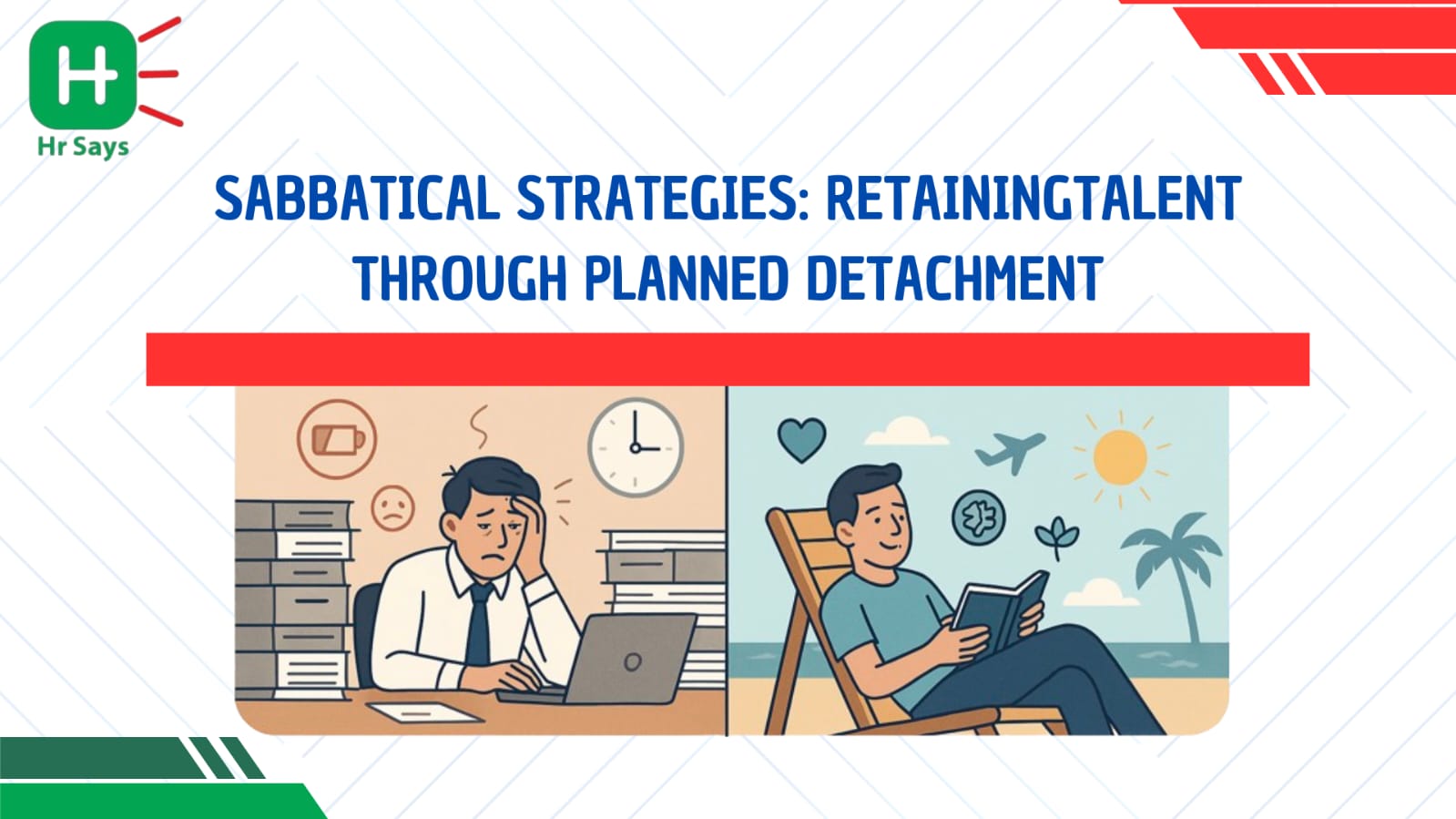What should be the key to remaining, stepping away instead? And in the century of burnout and silent quitting, take-offs are no longer a privilege: it is a matter of survival. Sabbaticals are not sabbaths, however. They require planning, courage, and trust from both sides.
The Shift No One Talks About
For years, time off meant vacation days. Enough to rest, but not enough to reset. People returned, emails piled high, energy still low.
Now, a shift is quietly unfolding. Leaders are stepping back—for weeks, even months. Mid-level managers are pausing, not quitting. And surprisingly, many are returning stronger.
Not out of obligation, but from choice.
Why a Sabbatical Works
It sounds risky. Let someone go—voluntarily—and hope they come back?
But the logic is simple:
● People are not machines. They need time to unhook and realign.
● Growth requires space. Creativity often returns when deadlines disappear.
● Loyalty is built on trust. A company that supports stepping away earns deeper respect.
Sabbaticals offer what raises and perks sometimes can’t: meaning.
The Design Matters
A sabbatical can’t be random. When structured poorly, it becomes a loophole. When done right, it becomes a lever.
Here’s what works:
● Eligibility clarity. Define who qualifies and when.
● Purpose over permission. Let people take it to learn, heal, or reset—no explanations
needed.
● Temporary replacement plans. Make sure teams don’t collapse in someone’s absence.
● Re-entry pathways. Help returnees reintegrate without pressure or guilt.
It’s not just about time off. It’s about intentional disconnection with a plan to reconnect.
Not for Everyone, But for Many
Of course, it won’t fit all roles. Some functions rely too heavily on continuity. Some teams may
lack the depth to cover long gaps.
But even so—a shorter break, a month maybe, can still matter. Micro-sabbaticals are gaining
ground. Think 4 weeks, every 4 years. Just enough to breathe.
It’s not about length. It’s about permission to pause.
The Unseen Benefit
Something strange happens when someone leaves for a while:
● The team steps up.
● Hidden leaders emerge.
● Processes get tested.
● Silos shake.
And when the person returns, they see the system differently. They bring back energy, ideas,
and perspective.
Sometimes, even gratitude.
Conclusion
Sabbaticals are not the easy fix. They’re not meant for every company or every employee. But
when done right, they say something powerful:
“You matter. Not just your output. You.”
And in a time when people are leaving not for money, but for meaning—that might be the
message that makes them stay.

 Sabbaticals are being revisited. No longer just academic escapes, they’re emerging as tools for renewal and retention. But are they worth the disruption? And how can they be structured without breaking business flow?
Sabbaticals are being revisited. No longer just academic escapes, they’re emerging as tools for renewal and retention. But are they worth the disruption? And how can they be structured without breaking business flow?












.jpeg)
.jpeg)

.jpeg)

.jpeg)


.jpeg)

.jpeg)

.jpeg)


